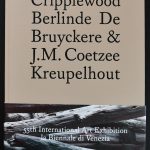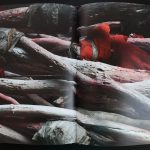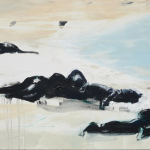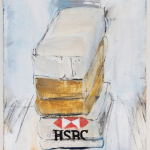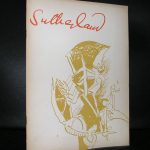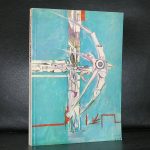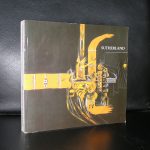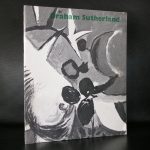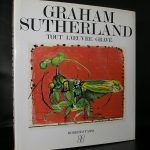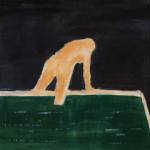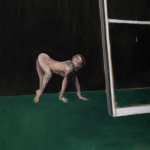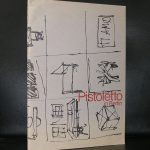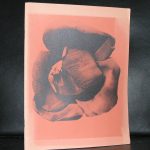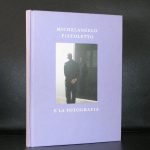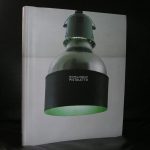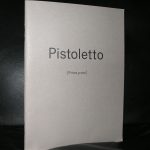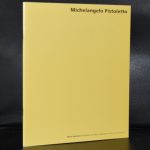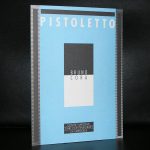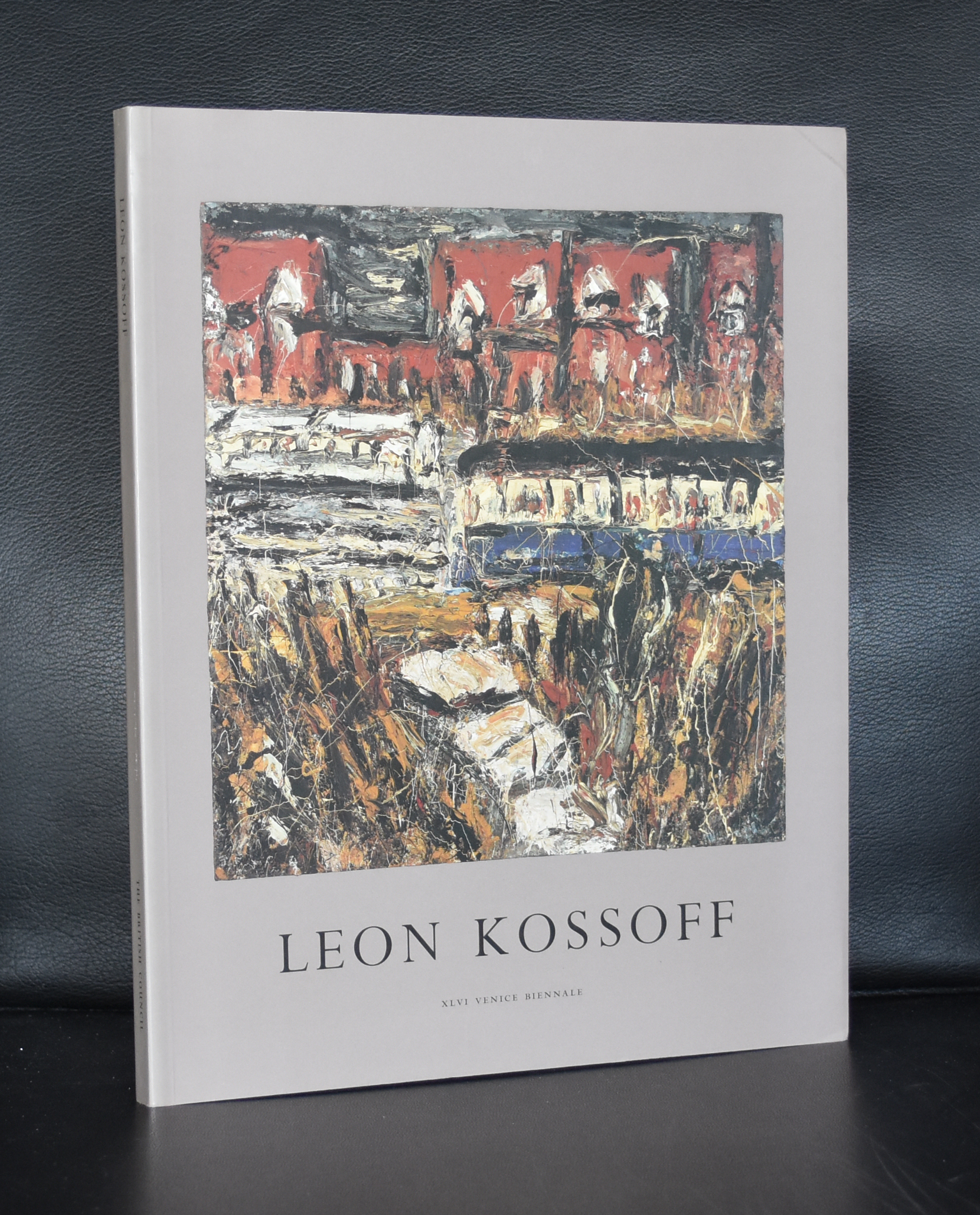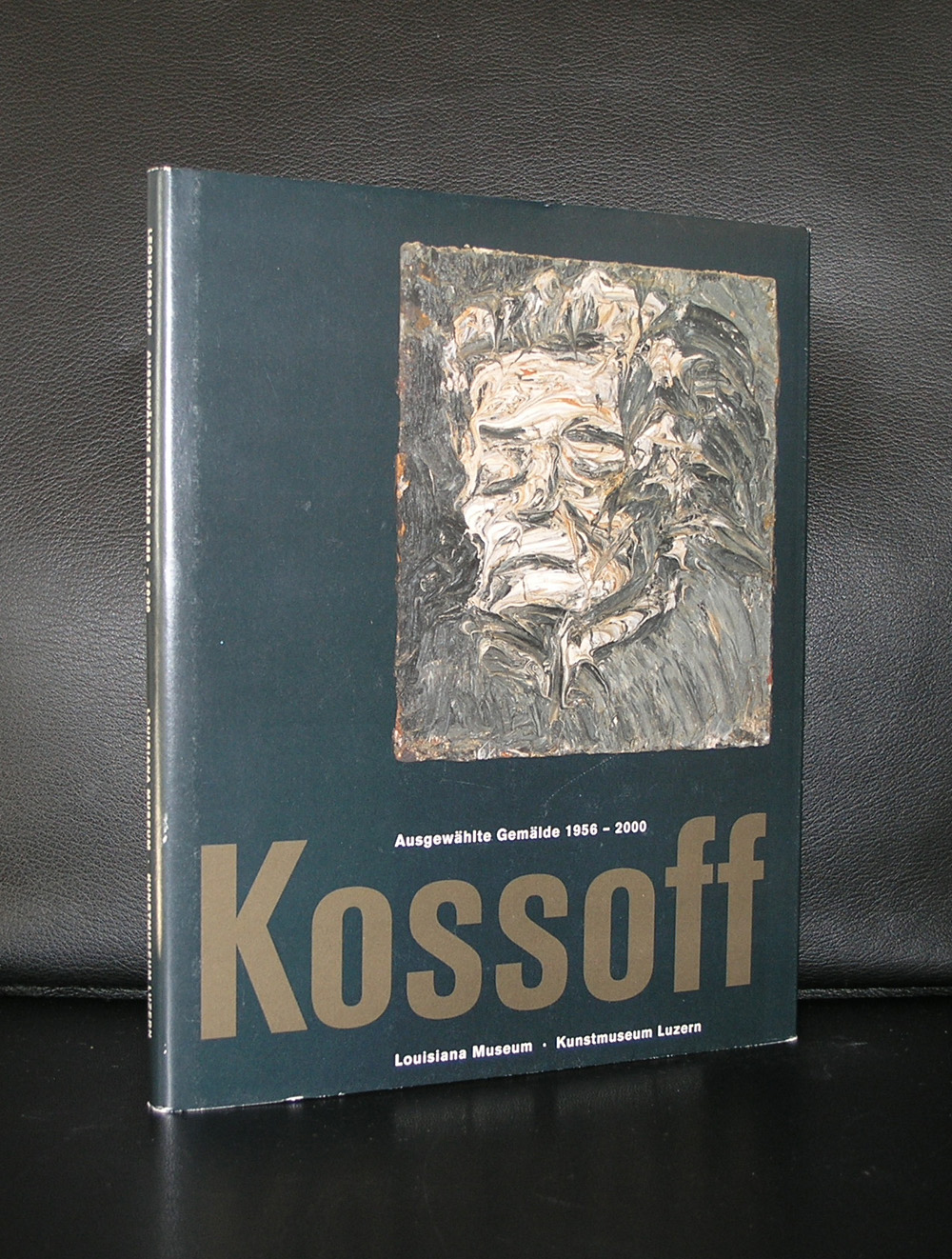
In my opinion, Francis Bacon stands out as the artist whose exhibitions have been accompanied by the most captivating and splendidly curated catalogues. From oversized volumes with hundreds of pages to impeccable print quality, these catalogues truly do justice to Bacon’s masterpieces, often including multiple fold-out pages to showcase his iconic Triptychs with the utmost precision, just as one would experience in a prestigious museum
I have followed Bacon’s work closely over the years, and in 2001, I was particularly intrigued by the Gemeentemuseum’s ambitious exhibition on the artist, which also happened to be their most expensive and logistically challenging one to date. The plan was to have the catalogue printed in Singapore, but due to a previous commitment to the former museum director, the decision was made to entrust a Dutch publisher with the task. The initial print run was based on an estimate of the expected number of visitors, which unfortunately turned out to be significantly underestimated. Thanks to Bacon’s mesmerizing artworks, the catalogue proved to be a commercial triumph, with three editions being published and close to 8,000 copies sold in total. This success not only brought in considerable profit, but more importantly, it solidified Bacon’s status as one of the greatest modern artists of the 20th century.
This exhibition was also one of the last opportunities for art enthusiasts to view a large selection of Bacon’s works, including numerous Triptychs, all in one place. The Gemeentemuseum was fortunate enough to secure loans from both the Museum Boijmans van Beuningen and the estate of Francis Bacon, allowing for the display of a truly comprehensive collection of his paintings. It was during this exhibition that the masterpiece PARALYTIC CHILD WALKING ON ALL FOURS, acquired in the sixties, proved to be a valuable addition to the Gemeentemuseum’s impressive catalogue. In fact, the JAARBOEK even features a study by Josephus Jitta dedicated to this thought-provoking work.
www.ftn-books.com has many Francis Bacon related items available.
























